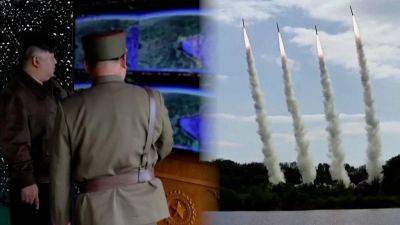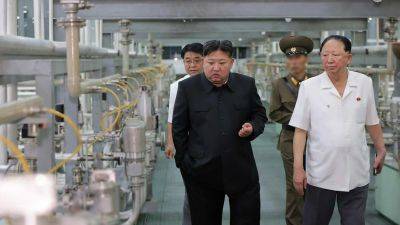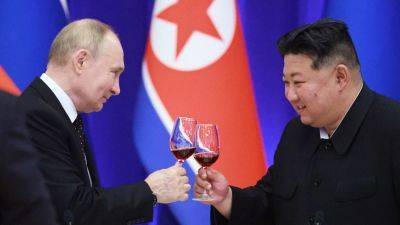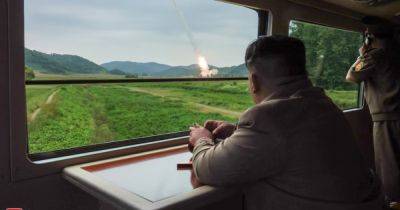What to know about North Korea’s unveiling of its uranium enrichment facility
SEOUL, South Korea (AP) — In a significant show of defiance against the United States, North Korea on Friday provided the outside world with a rare view into a secretive facility built to enrich uranium for nuclear bombs as leader Kim Jong Un called for a rapid expansion of his nuclear weapons program.
Here’s a look at what we know about the facility and North Korea’s capabilities for producing bomb fuel.
What are we seeing?
North Korea’s official Rodong Sinmum newspaper published several photos showing Kim talking with scientists and military officials in a hall tightly packed with gray centrifuge tubes that were about the height of his shoulders. The North didn’t specify where the facility is located or when Kim went there.
Experts say the North Korean photos likely disclosed a centrifuge room at one of its two known plants in the towns of Yongbyon and Kangson, both near Pyongyang, which had been linked to uranium enrichment activities. While North Korea is believed to have other hidden uranium sites, it was unlikely that they were showcased publicly through visits by Kim, whose activities are closely monitored and analyzed by the outside world.
Yang Uk, an analyst at South Korea’s Asan Institute for Policy Studies, said the number of centrifuges shown in the North Korean photos would be about 1,000. That happens to be roughly the number of centrifuges it would take to produce enough uranium for a single bomb –- about 20 to 25 kilograms -– when the devices are fully operated year-round.
It was the first time the North has disclosed a uranium enrichment facility since 2010, when it allowed a group of Stanford University scholars led by nuclear scientist Siegfried Hecker to tour its centrifuge facility in Yongbyon.







